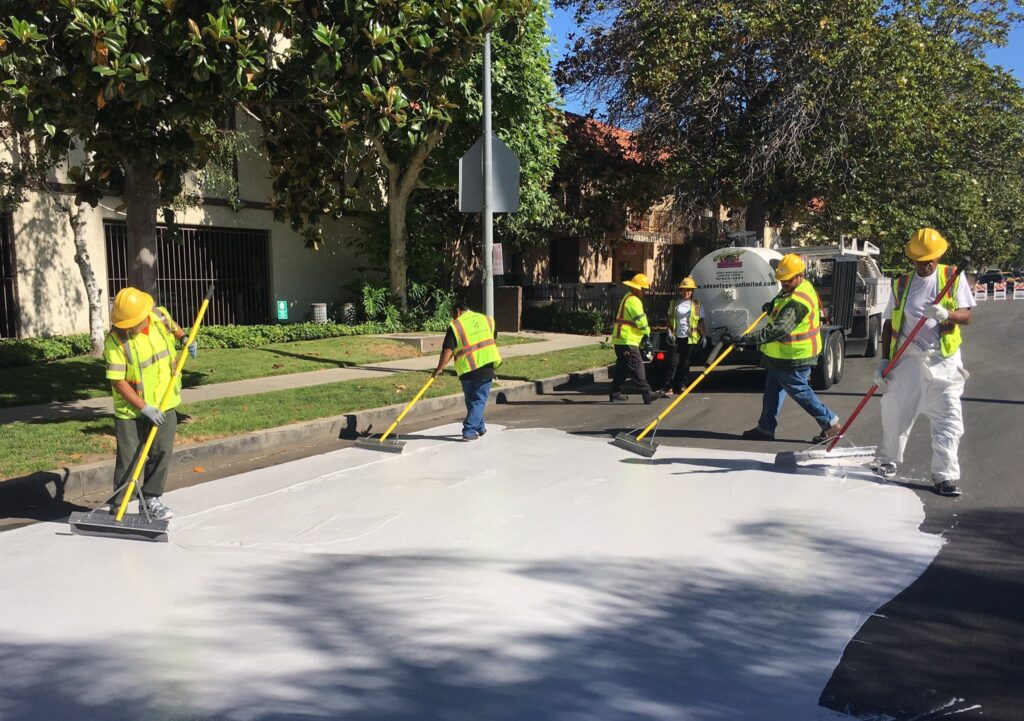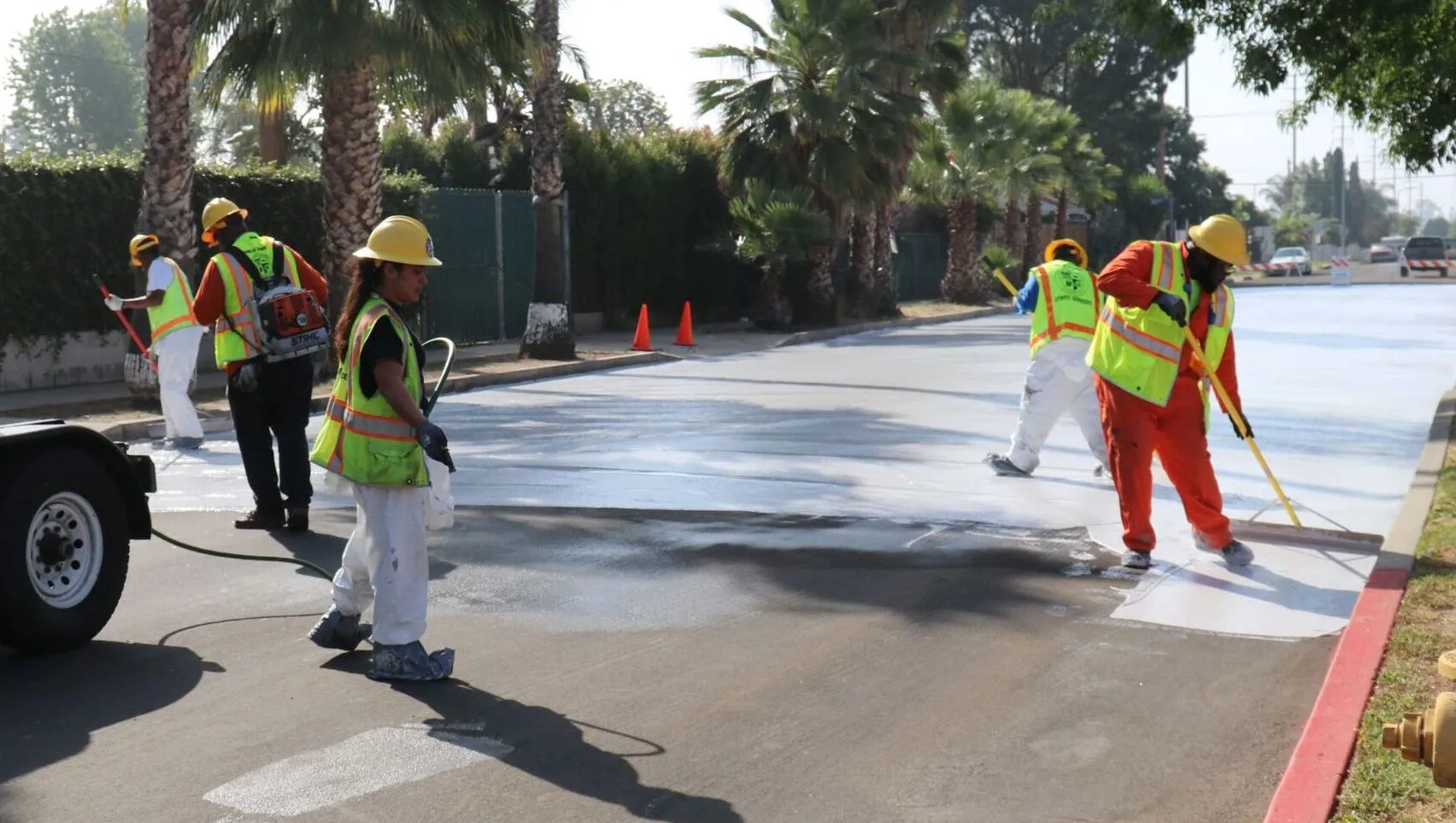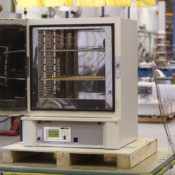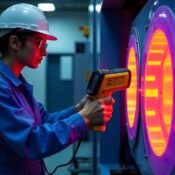As global temperatures rise and urban heat islands become more pronounced, cities around the world are seeking innovative ways to reduce heat, enhance comfort, and create more sustainable environments. One such innovation is cool pavement technology, which helps to mitigate the effects of heat in urban areas. Cool pavements are designed to reflect more sunlight and absorb less heat than traditional pavements, thus cooling the surrounding environment. In this article, we’ll explore how temperature mapping plays a crucial role in optimizing the application of cool pavements and how Eximia360 is leading the charge in offering temperature mapping services across Saudi Arabia, including Jeddah, Dammam, and Riyadh.
What is Cool Pavement Technology?
Cool pavements are specially designed surfaces that aim to reduce the amount of heat absorbed from the sun. Unlike conventional dark asphalt, which absorbs a significant amount of heat and raises the temperature of surrounding areas, cool pavements have reflective properties. These pavements can be made from a variety of materials, including reflective coatings, light-colored surfaces, and permeable pavements that allow water to pass through.
The main goal of cool pavements is to reduce the urban heat island effect—a phenomenon where urban areas experience significantly higher temperatures than surrounding rural areas due to the absorption and retention of heat by buildings, roads, and other infrastructure.
How Does Temperature Mapping Help?
Temperature mapping is the process of using sophisticated tools and techniques to measure and analyze temperature variations in specific areas, particularly urban environments. In the context of cool pavement technologies, temperature mapping is essential for identifying hotspots in cities and determining the areas that would benefit most from the installation of cool pavements.
By conducting a temperature mapping study, Eximia360 helps local governments, businesses, and urban planners assess the effectiveness of different pavement materials and designs. Through temperature mapping, it is possible to understand how cool pavements perform under different conditions, including in extremely hot climates such as those found in Saudi Arabia.
In cities like Jeddah, Dammam, and Riyadh, where the average temperature can often soar above 40°C (104°F), temperature mapping plays a vital role in identifying the most critical areas for pavement installation. This ensures that cool pavements are applied strategically, leading to the most significant reduction in heat and providing long-term energy savings.

Benefits of Cool Pavements with Temperature Mapping
1. Energy Savings
One of the primary benefits of cool pavements is that they can lower ambient temperatures, which helps reduce the need for air conditioning. In cities like Riyadh and Jeddah, where cooling systems run year-round, the energy savings from cooler pavements can be substantial. Temperature mapping studies allow for precise planning of pavement placement to maximize cooling effects where it’s needed most.
2. Improved Urban Comfort
By reducing the amount of heat absorbed by pavements, cool pavements contribute to a more comfortable urban environment. Areas with cool pavements experience lower temperatures, making it more pleasant for pedestrians, cyclists, and drivers alike. Temperature mapping ensures that urban planners target the areas that experience the highest temperatures, such as busy streets, parking lots, and city squares.
3. Environmental Impact
Cool pavements also have a positive impact on the environment. By reflecting more sunlight and absorbing less heat, they help to reduce the overall carbon footprint of cities. Additionally, cool pavements can help mitigate the negative effects of air pollution by improving air quality in urban areas. Temperature mapping allows for the identification of key areas where these environmental benefits can be maximized.
4. Public Health
Excessive heat in cities can lead to health issues, particularly for vulnerable populations such as the elderly, children, and people with pre-existing health conditions. Temperature mapping helps urban planners identify the areas that are at the greatest risk for heat-related illnesses and where cool pavements can offer the most protection.
Eximia360’s Role in Cool Pavement Technology
Eximia360 is a leading provider of temperature mapping services in Saudi Arabia, including cities like Jeddah, Dammam, and Riyadh. By using advanced temperature monitoring tools, Eximia360 provides in-depth temperature mapping studies that help cities optimize their cool pavement strategies.
With years of expertise in both the technological aspects of temperature mapping and the practical applications of cool pavement technology, Eximia360 is committed to delivering sustainable solutions that make a significant difference. Whether you are a city planner, business owner, or local authority, Eximia360 can help you understand how temperature mapping can inform your cool pavement implementation, ensuring cost-effective and efficient solutions tailored to your city’s unique needs.
To learn more about our temperature mapping studies and cool pavement solutions, visit our website at www.eximia360.com.
Conclusion
Cool pavement technologies are more than just an aesthetic improvement—they are a practical solution to reducing urban heat and improving quality of life. By leveraging temperature mapping studies, cities can make data-driven decisions to ensure that these technologies are applied where they will have the greatest impact. In Saudi Arabia, where temperatures can be extreme, Eximia360 is at the forefront of offering these services in Jeddah, Dammam, and Riyadh, helping to create cooler, more sustainable urban environments.












